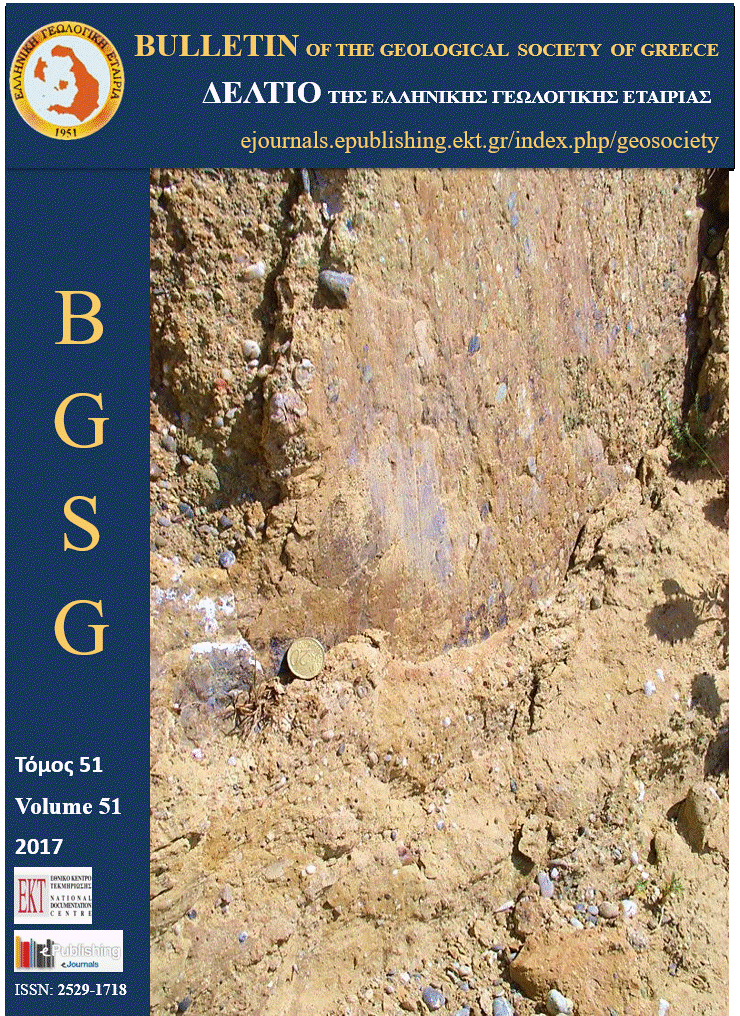Using the SWAT model in analyzing hard rock hydrogeological environments. Application in Naxos Island, Greece.

Abstract
The main parameter that controls the groundwater flow regime in fractured aquifers is the fracture pattern. Its description is crucial for a hydrogeological study, as the hydraulic properties of hard rocks are mainly controlled by fracturing. The parameters of the fracture pattern that were analyzed in the study area were the frequency and spatial location of the fractures, the density of fractures and the degree of fracture intersection.
Furthermore, a straight link between the fracture pattern and the hydrological conditions is important for a first analysis of the potential groundwater zones and their vulnerability in hard rock environments. To study this link, the SWAT hydrology model was applied in the study area. Using suitable territorial and meteorological data, the model simulates the parameters of the hydrological balance in each catchment of the hydrographical network.
The analysis of the fracture pattern revealed that the fragmentation in all lithologies is characterized by high degree of uniformity. Very high density and interconnection density of the fractures are observed in areas where the alternations between different lithologies are very intense. Also the application of the SWAT model showed that the calculated hydrological parameters could be related to the fracture pattern, as high infiltration rates occur in areas where the density and the degree of interconnection of the fractures are also high.
Article Details
- How to Cite
-
Partsinevelou, A.-S. (2017). Using the SWAT model in analyzing hard rock hydrogeological environments. Application in Naxos Island, Greece. Bulletin of the Geological Society of Greece, 51, 18–37. https://doi.org/10.12681/bgsg.11960
- Section
- Hydrology and Hydrogeology

This work is licensed under a Creative Commons Attribution-NonCommercial 4.0 International License.
Authors who publish with this journal agree to the following terms:
Authors retain copyright and grant the journal right of first publication with the work simultaneously licensed under a Creative Commons Attribution Non-Commercial License that allows others to share the work with an acknowledgement of the work's authorship and initial publication in this journal.
Authors are able to enter into separate, additional contractual arrangements for the non-exclusive distribution of the journal's published version of the work (e.g. post it to an institutional repository or publish it in a book), with an acknowledgement of its initial publication in this journal. Authors are permitted and encouraged to post their work online (preferably in institutional repositories or on their website) prior to and during the submission process, as it can lead to productive exchanges, as well as earlier and greater citation of published work.


